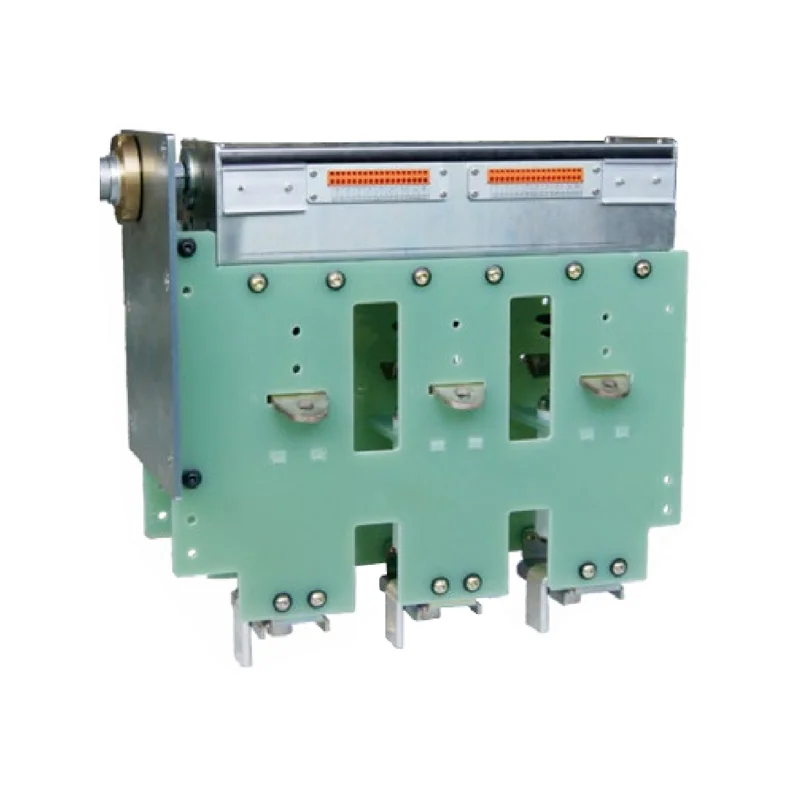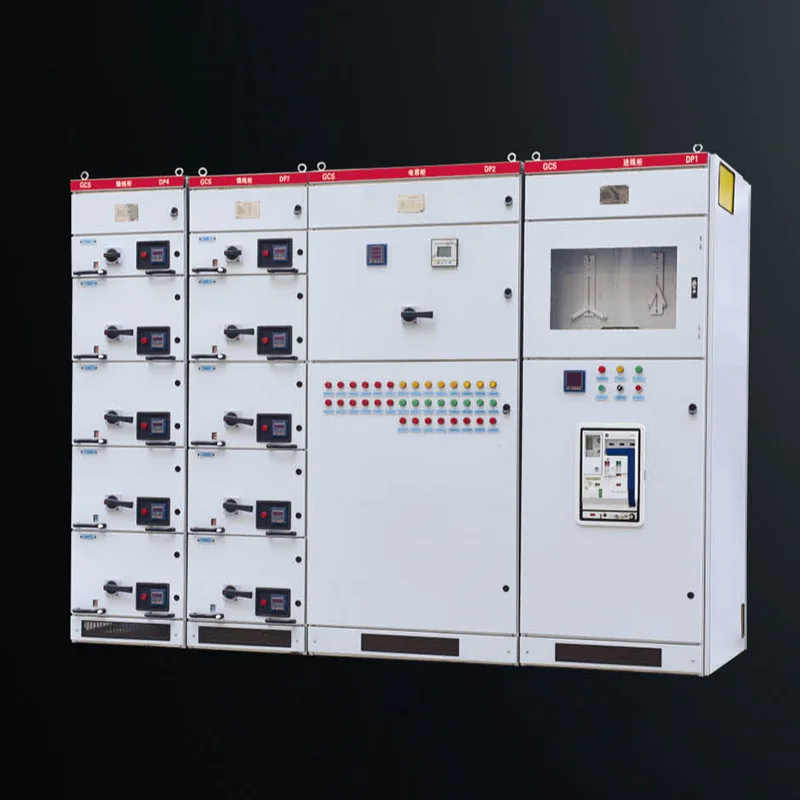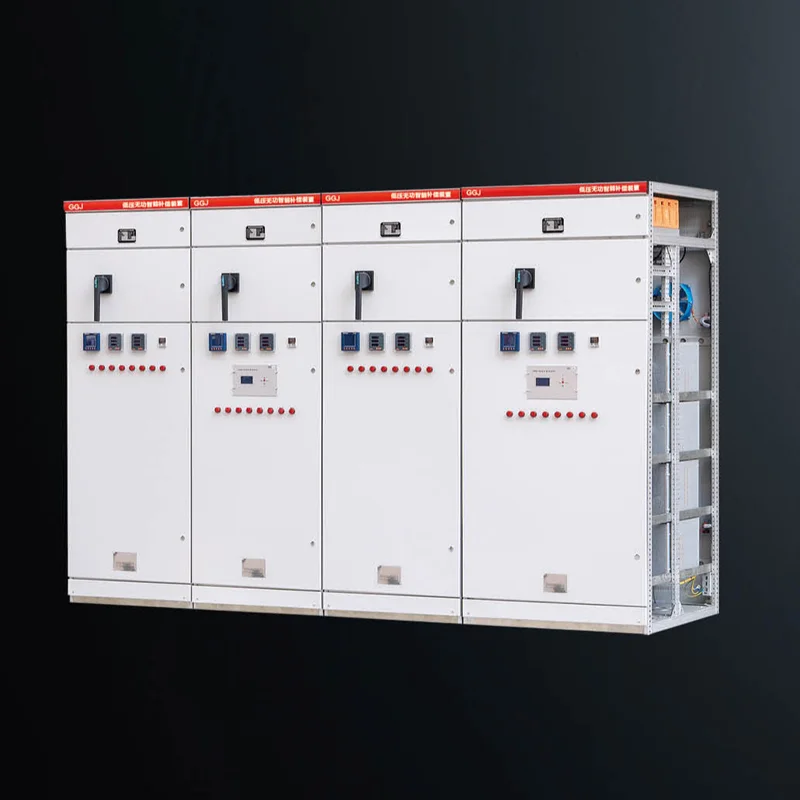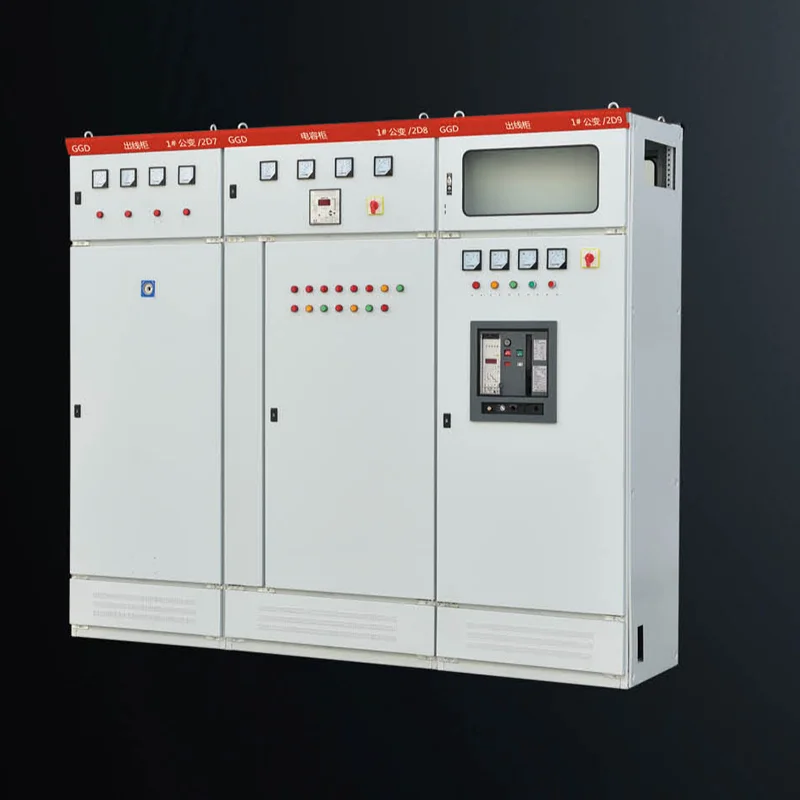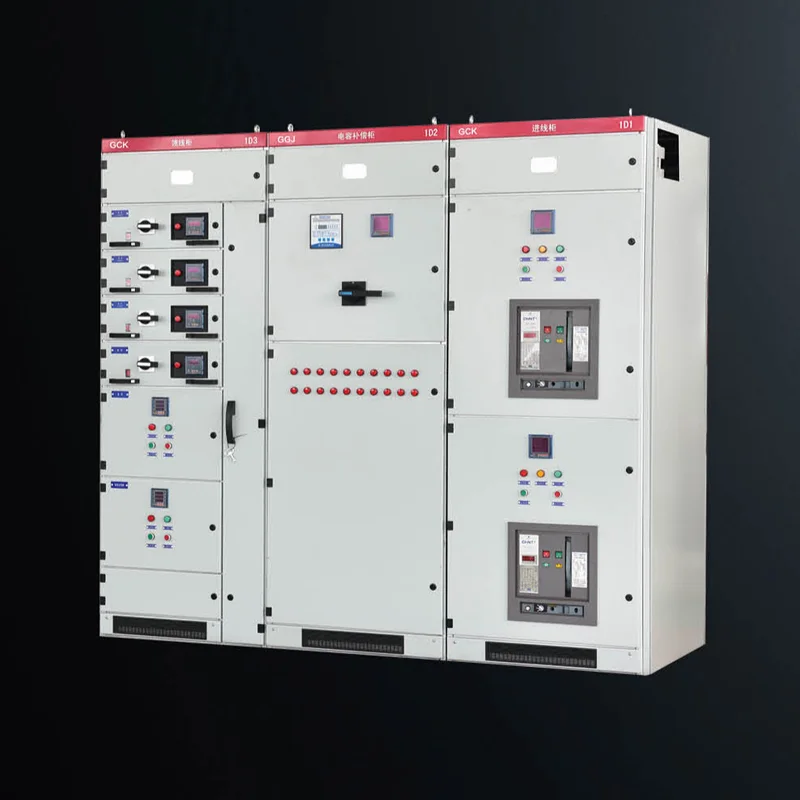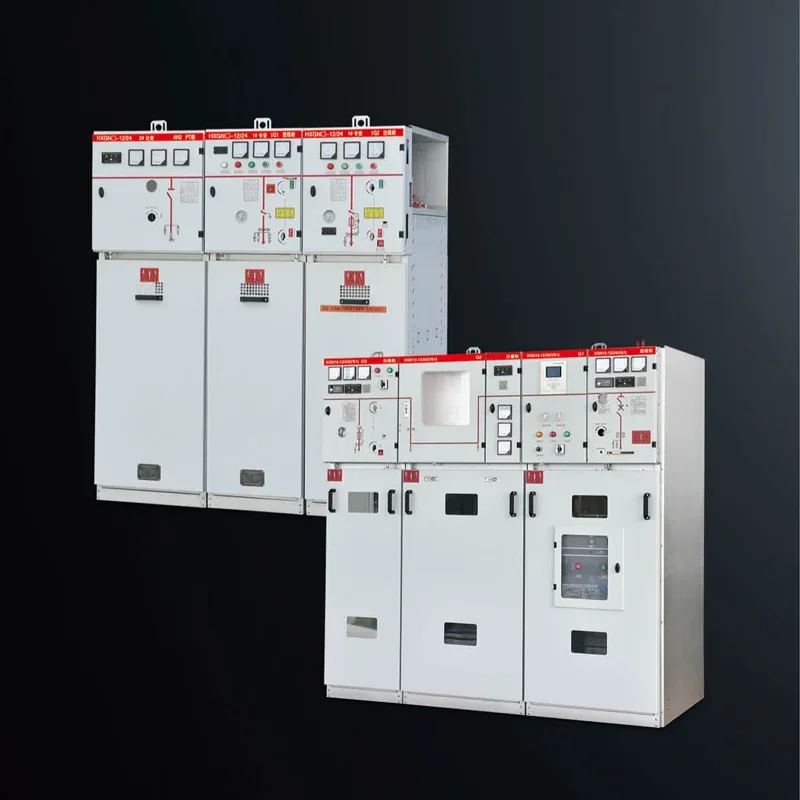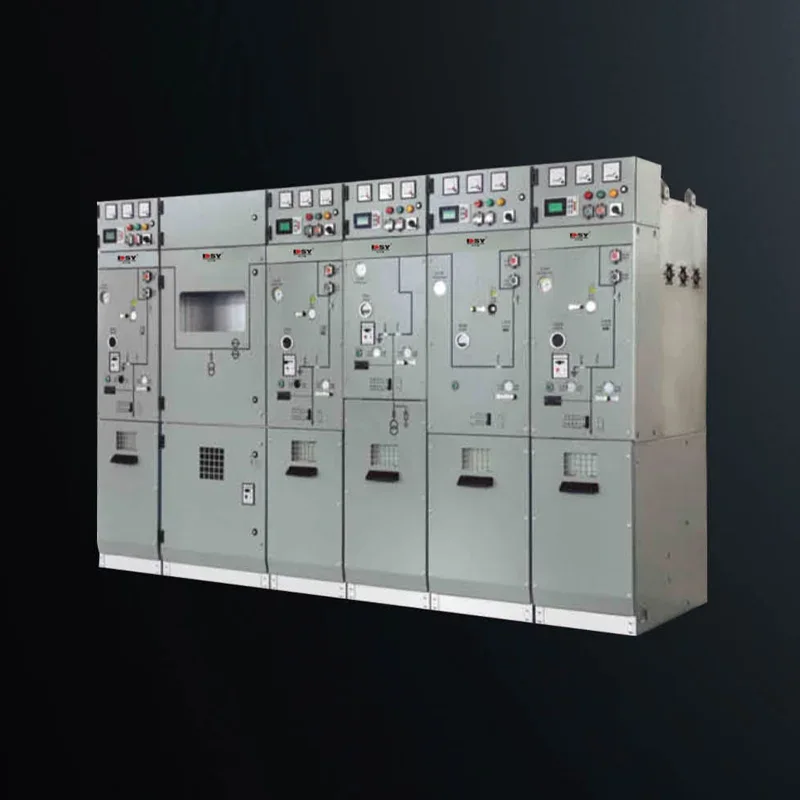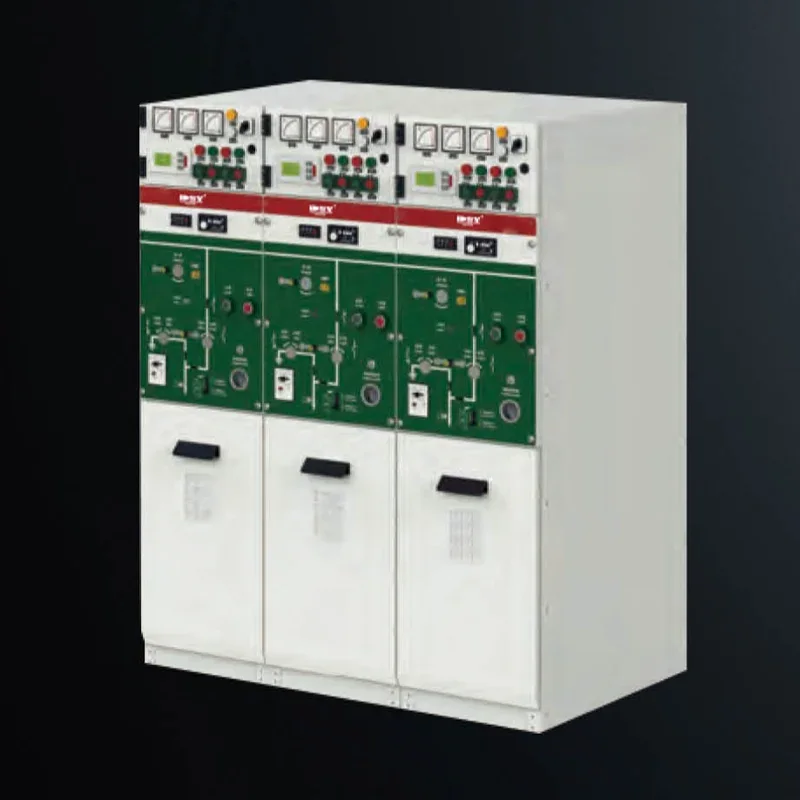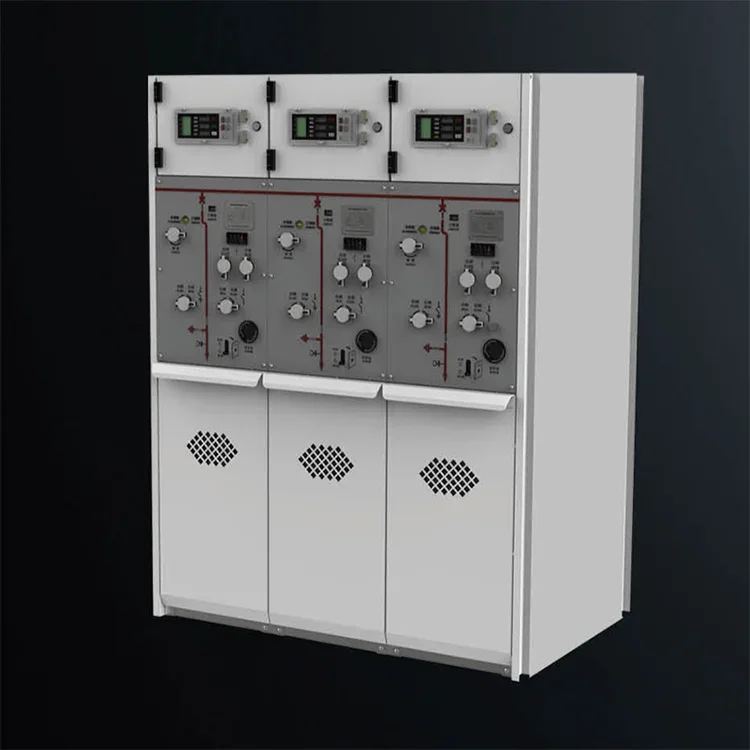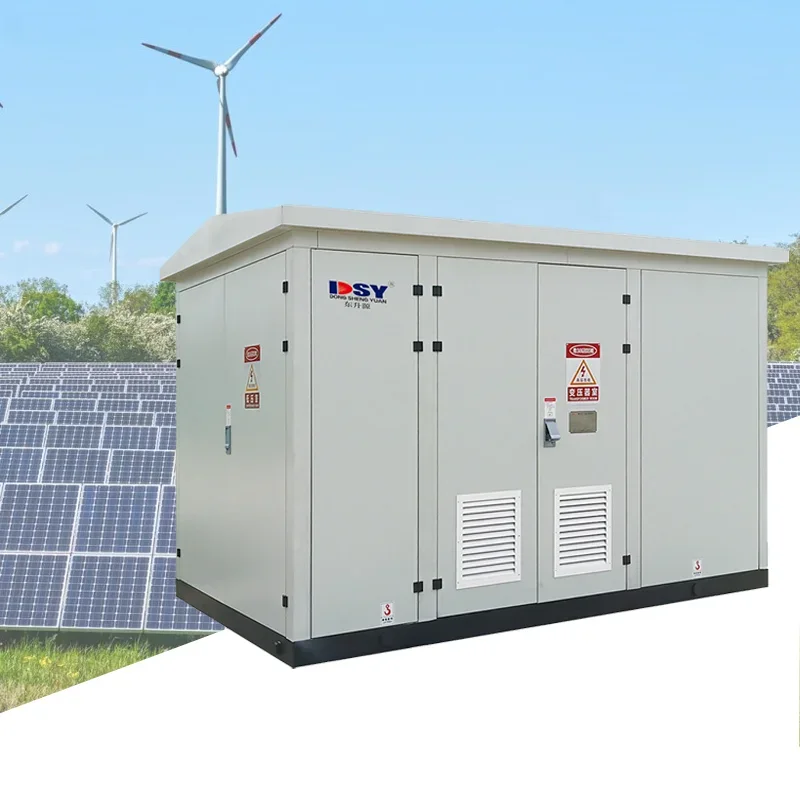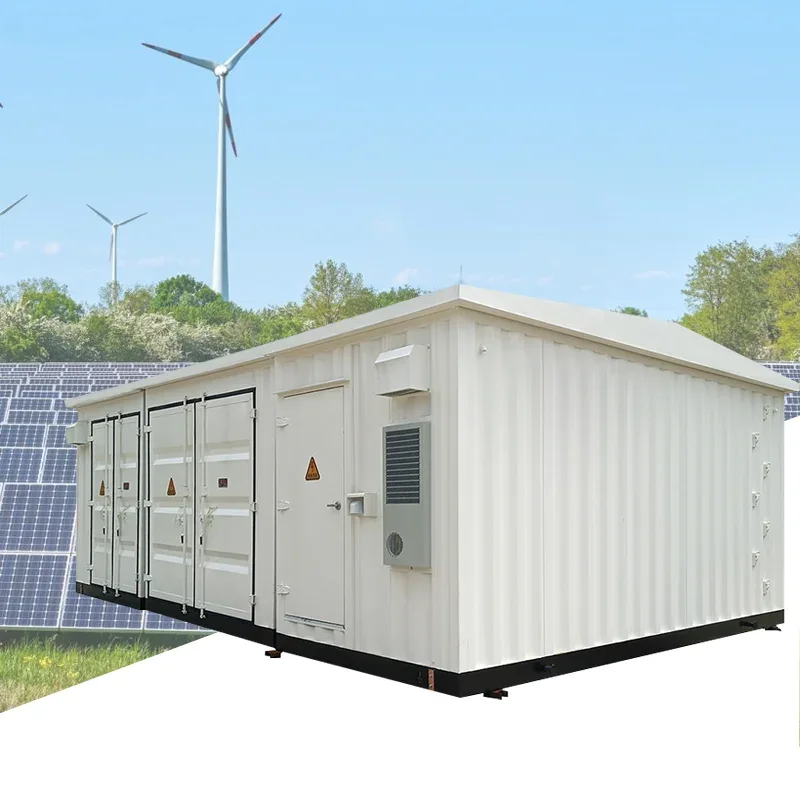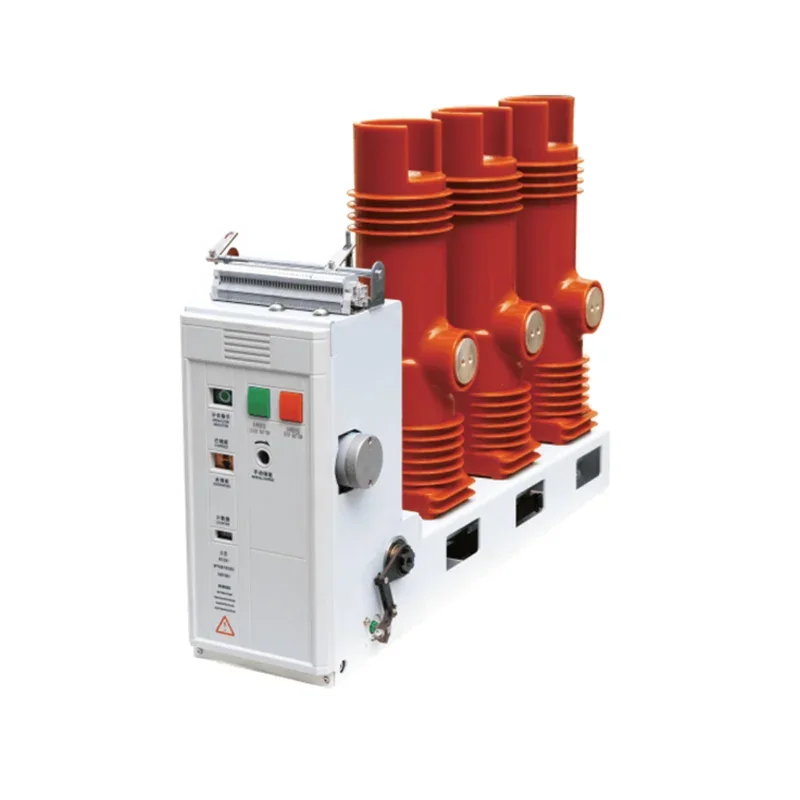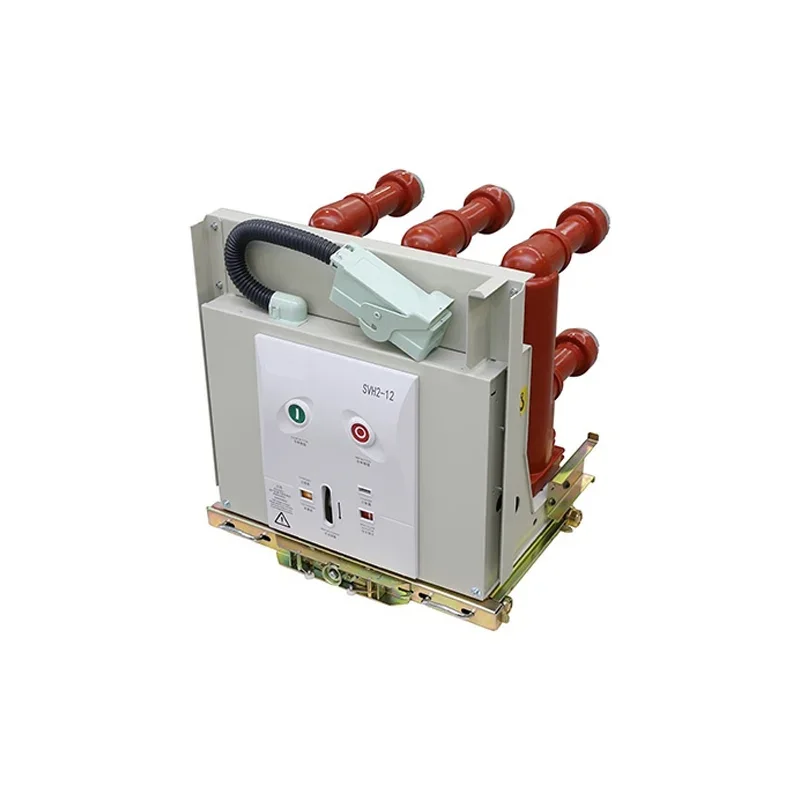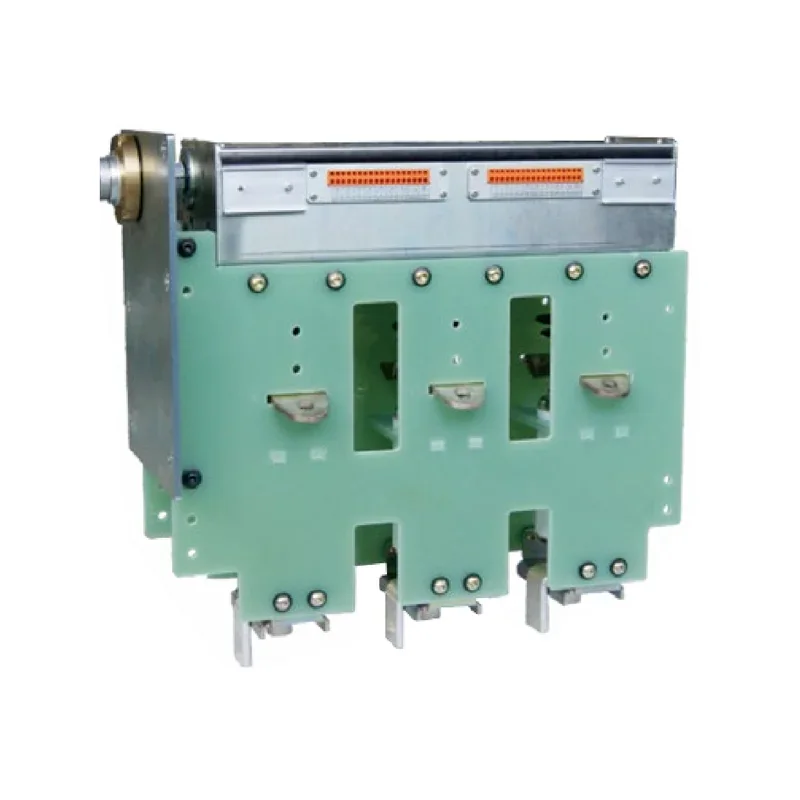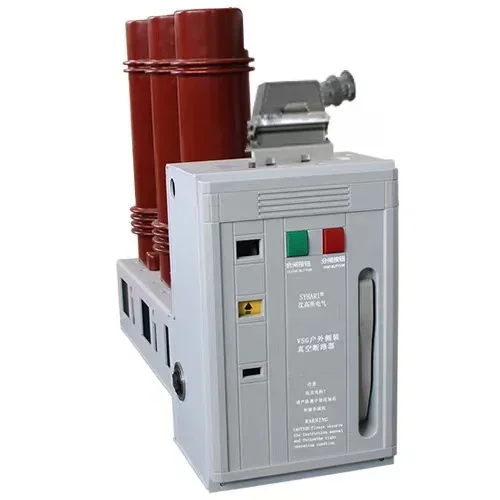Top 10 Must-Know Electrical Components for Every Engineer
Top 10 Must-Know Electrical Components for Every Engineer Electrical engineering is a diverse and dynamic field requiring a thorough understanding of various components that form the backbone of electrical systems. Whether you are involved in designing circuits, developing new technologies, or troubleshooting existing systems, having a firm grasp on the essential electrical components is crucial
Jul 02,2025
Top 10 Must-Know Electrical Components for Every Engineer
Electrical engineering is a diverse and dynamic field requiring a thorough understanding of various components that form the backbone of electrical systems. Whether you are involved in designing circuits, developing new technologies, or troubleshooting existing systems, having a firm grasp on the essential electrical components is crucial. In this article, we delve into the top ten must-know electrical components that every engineer should be familiar with, enhancing your knowledge and skill set in this ever-evolving industry.
Table of Contents
- 1. Resistors: The Fundamental Component of Circuits
- 2. Capacitors: Storing Energy for the Future
- 3. Inductors: Harnessing Magnetic Fields
- 4. Diodes: The Directional Flow of Current
- 5. Transistors: The Building Blocks of Modern Electronics
- 6. Integrated Circuits: Miniaturization at Its Best
- 7. Connectors: Ensuring Reliable Connections
- 8. Switches: Controlling the Flow of Electricity
- 9. Relays: Electromechanical Switching Devices
- 10. Sensors: The Eyes and Ears of Electrical Systems
- FAQs: Common Questions About Electrical Components
- Conclusion: Mastering Electrical Components
1. Resistors: The Fundamental Component of Circuits
Resistors are one of the most basic yet crucial components in any electrical circuit. They serve the primary function of limiting the flow of electric current, hence protecting sensitive components from damage. Resistors come in various forms, including fixed, variable, and specialized types like thermistors and photoresistors. Understanding how to calculate resistance using Ohm's Law (V=IR) is essential for every engineer, as it allows for the precise design of circuits tailored to specific applications.
Types of Resistors
There are several types of resistors, each designed for particular use cases:
- Fixed Resistors: Provide a constant resistance regardless of the applied voltage or current.
- Variable Resistors: Allow for adjustable resistance, crucial for applications like volume controls.
- Specialized Resistors: Include thermistors, which vary resistance with temperature, and photoresistors, which change resistance based on light levels.
2. Capacitors: Storing Energy for the Future
Capacitors play a key role in electrical circuits by storing and releasing electrical energy. They are used in various applications, from smoothing out voltage fluctuations in power supplies to providing timing functions in oscillators. A capacitor's ability to store energy is defined by its capacitance, measured in farads. Understanding the relationships between capacitors in series and parallel configurations is vital for designing efficient circuits.
Applications of Capacitors
Capacitors have a wide range of applications, including:
- Power Supply Filtering: Reducing voltage ripples in power supplies.
- Coupling and Decoupling: Allowing AC signals to pass while blocking DC.
- Tuning Circuits: Used in radio frequency applications to tune circuits to specific frequencies.
3. Inductors: Harnessing Magnetic Fields
Inductors are passive components that store energy in a magnetic field when electrical current passes through them. They are primarily used in filtering applications, energy storage, and in combination with capacitors in resonant circuits. The inductance of an inductor is a crucial parameter that influences its behavior in various applications.
Understanding Inductors
Key aspects of inductors include:
- Inductance: Measured in henries, it indicates the inductor's ability to store energy.
- Types of Inductors: Including air-core, iron-core, and ferrite-core inductors, each suited for different applications.
- Applications: Found in power supplies, transformers, and RF circuits.
4. Diodes: The Directional Flow of Current
Diodes are semiconductor devices that allow current to flow in one direction only, making them essential for converting alternating current (AC) to direct current (DC). They are widely used in rectification, signal modulation, and protection circuits. Understanding diode characteristics, including forward voltage drop and reverse breakdown voltage, is crucial for effective circuit design.
Types of Diodes
Various types of diodes are designed for specific functions:
- Rectifier Diodes: Used in power supply applications.
- Zener Diodes: Provide voltage regulation by allowing reverse current flow at a specific breakdown voltage.
- Light Emitting Diodes (LEDs): Emit light when current flows through them, widely used in displays and indicators.
5. Transistors: The Building Blocks of Modern Electronics
Transistors are vital components in modern electronics, acting as switches and amplifiers. They can control the flow of current in a circuit and are fundamental to digital logic circuits and microprocessors. Understanding the different types of transistors, including bipolar junction transistors (BJTs) and field-effect transistors (FETs), is essential for any engineer.
Working Principles of Transistors
Key principles include:
- Amplification: Transistors can amplify weak signals.
- Switching: They can open or close circuits electronically.
- Configurations: Common configurations include common emitter, common base, and common collector.
6. Integrated Circuits: Miniaturization at Its Best
Integrated circuits (ICs) are a cornerstone of modern electronics, encapsulating multiple components into a single chip. They enhance functionality while minimizing size and cost. Understanding IC types, including analog, digital, and mixed-signal ICs, is critical for engineers involved in circuit design.
Importance of Integrated Circuits
Key points about integrated circuits include:
- Miniaturization: ICs significantly reduce the size of electronic devices.
- Cost Efficiency: Mass production of ICs lowers manufacturing costs.
- Versatility: Used in everything from smartphones to automotive systems.
7. Connectors: Ensuring Reliable Connections
Connectors are essential for establishing electrical connections between different components and systems. Whether used in power supplies, data transmission, or signal processing, the reliability and quality of connectors can significantly impact system performance. Engineers must understand different types of connectors and their specific applications.
Types of Connectors
Common connector types include:
- USB Connectors: Widely used for data and power transmission.
- RF Connectors: Designed for high-frequency applications.
- Power Connectors: Used in power distribution systems.
8. Switches: Controlling the Flow of Electricity
Switches are fundamental devices used to control the flow of electricity in circuits. They can be mechanical or electronic, and understanding their operation and types is crucial for circuit design. Engineers often need to choose the right switch based on the application requirements, including current rating, voltage rating, and type of actuation.
Common Types of Switches
Some popular types of switches include:
- Toggle Switches: Manually operated switches used in various applications.
- Push Button Switches: Momentary switches that are widely used in user interfaces.
- Relays: Electrically operated switches used to control a high-power circuit.
9. Relays: Electromechanical Switching Devices
Relays are electromechanical devices that use an electromagnet to open or close a switch. They are widely used in automation systems, control circuits, and safety systems. Understanding relay types, including electromagnetic and solid-state relays, is essential for engineers working in various fields.
Relay Functionality and Applications
Key aspects of relays include:
- Isolation: Relays provide electrical isolation between control and output circuits.
- Control: They can switch multiple circuits with a single control signal.
- Applications: Commonly used in automotive systems, home appliances, and industrial automation.
10. Sensors: The Eyes and Ears of Electrical Systems
Sensors are critical components that detect physical changes in the environment and convert them into electrical signals. They play a crucial role in automation, robotics, and monitoring systems. Engineers must understand various sensor types, including temperature, pressure, and proximity sensors, to incorporate them effectively into their designs.
Understanding Sensors and Their Applications
Key points about sensors include:
- Types: Include analog and digital sensors, each suited for specific applications.
- Applications: Found in automotive systems, industrial controls, and consumer electronics.
- Integration: Sensors must be integrated carefully with other components for optimal system performance.
FAQs: Common Questions About Electrical Components
1. What is the difference between a capacitor and a resistor?
A capacitor stores electrical energy, while a resistor limits the flow of current. They serve different functions in circuits.
2. How do I choose the right transistor for my circuit?
Consider factors like current and voltage ratings, gain (hFE), and the type of transistor (BJT or FET) based on your application requirements.
3. What are the common applications of integrated circuits?
Integrated circuits are used in a wide range of applications, including microprocessors, amplifiers, timers, and data processing units.
4. Why are connectors important in electrical systems?
Connectors ensure reliable and secure electrical connections between components, which is crucial for the performance and safety of electrical systems.
5. What role does a diode play in a circuit?
Diodes allow current to flow in one direction only, making them essential for rectification and signal modulation in circuits.
Conclusion: Mastering Electrical Components
Understanding these top ten essential electrical components equips engineers with the foundational knowledge necessary for success in the field. From resistors and capacitors to sensors and relays, each component plays a significant role in the functionality and efficiency of electrical systems. By mastering these components, engineers can design, innovate, and troubleshoot effectively, ensuring they remain at the forefront of the ever-evolving world of electrical engineering.
PREVIOUS:
Related News
The difference between circuit breakers and vacuum circuit breakers
Circuit breaker is an abbreviation for pole type circuit breaker. Circuit breakers are also vacuum circuit breakers
Voltage regulators are required for various places that require voltage control, such as controlling lighting

